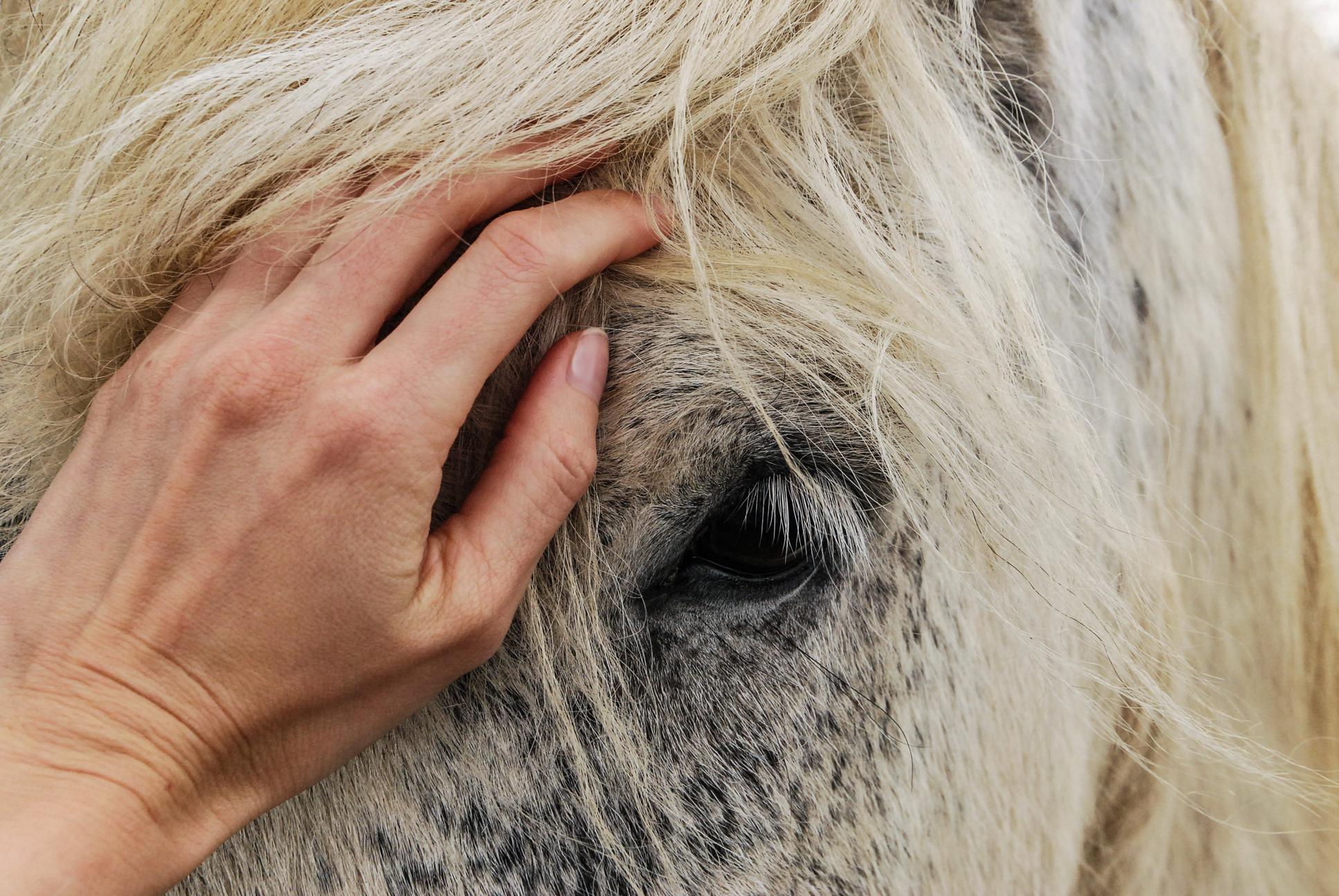Have you ever wondered how many chromosomes horses have? In this blog post, we’ll dive into the science behind the answer, exploring the facts and figures behind horse chromosomes and the role they play in the animal’s life and behavior. We’ll also look at how the number of chromosomes can vary between horse breeds and the implications that this has.
So, let’s learn more about the complexity of horse chromosomes!
Biology of horse chromosomes

Horses have 64 chromosomes in their genome, making them one of the largest animal genomes known to science. Horses have one more pair of chromosomes than humans, which explains why horses can have a variety of coat patterns and sizes that humans don’t have. This is because the extra chromosome carries genetic information that helps to create the variety of physical traits.
This is because the extra chromosome carries genetic information that helps to create the variety of physical traits. Chromosomes are made up of genes, which determine the physical characteristics of a horse, such as its size, color, and shape. By studying the chromosomes of horses, scientists can gain insight into how these animals evolved and how they adapt to their environment.
Genome analysis of horse chromosomes
Genome analysis of horses has revealed some interesting facts about the species. One of the most fascinating discoveries is that horses have 64 chromosomes, making them one of the few species on the planet with such a high number of chromosomes.
This means that horses have a great ability to adapt and evolve, as their genetic makeup is quite diverse. Through genome analysis, researchers have gained a greater understanding of the evolutionary history of horses and their unique genetic makeup. This knowledge is being used to improve the health and wellbeing of horses, as well as to develop specialized breeding programs.
So, the answer to the question “how many chromosomes do horses have?” is 64 – a surprisingly high number that makes them a truly fascinating species.
The role of chromosomes in horse breeding
The role of chromosomes in horse breeding is integral to understanding the genetic makeup of the animal. Horses are one of the few species that have a set number of chromosomes: 6
This makes them a great model organism for research scientists to study, as their genetic makeup is relatively simple. This also makes it possible for breeders to identify and track genetic traits that could be beneficial or detrimental to the health of their horses. By understanding how chromosomes affect the development of a horse, breeders can make informed decisions about which horses to pair together for future generations.
The effect of chromosomes on horse health
Horses are majestic and mysterious creatures, and understanding how their chromosomes can affect their health and wellbeing is a fascinating subject. Chromosomes are the DNA molecules that contain genetic information, and all horses have 64 chromosomes.
While all horses have the same number of chromosomes, these chromosomes can be affected by environmental factors, such as nutrition, exercise, and even exposure to certain substances. By understanding how these chromosomes can be impacted, we can help to ensure that our horses are living a healthy and happy life.
Chromosome abnormalities in horses
Horses are fascinating creatures and have many unique features, including their chromosomes. Chromosomes are the genetic material that make up an organism, and horses have 64 chromosomes.
Chromosome abnormalities, which are changes in the number or structure of chromosomes, can have a range of effects on horses. Some horses may experience physical and behavioral issues, while others may have no symptoms whatsoever.
It’s important to be aware of the potential risks of chromosome abnormalities in horses, so that you can take the necessary steps to protect your horse’s health.
Conclusion
In conclusion, horses typically have 64 chromosomes in their cells. This is composed of 32 pairs, with one pair inherited from each parent.
This helps ensure the health and survival of the species.